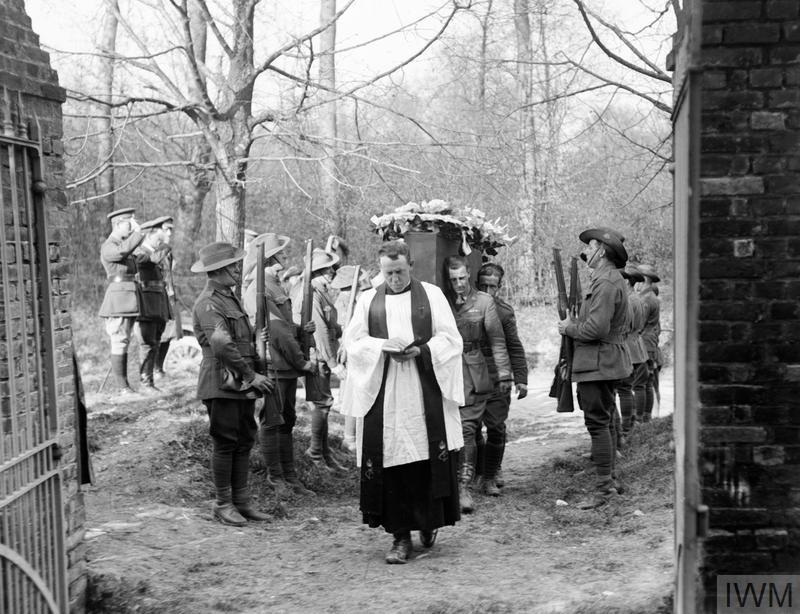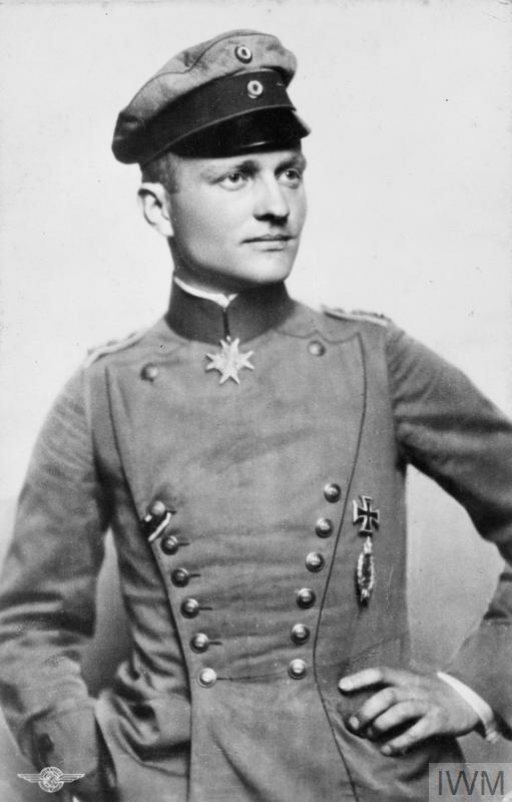100 years ago, Captain Manfred von Richtofen, leading ace of the German Air Service, was killed by enemy fire near Amiens. A celebrated – and feared – fighter pilot, his two-and-a- half year career brought him success on the battlefield and notoriety among his opponents. But as Patrick Gregory reports, while his death on 21 April 1918 was celebrated by Allied forces, they accorded Richtofen every respect.
Born in 1892 into a prominent Prussian aristocratic family near Breslau – now Wrocaw in modern-day Poland – Manfred von Richtofen’s military career had actually begun before Europe was ever caught up in war in the summer of 1914. Three years before then, in April 1911, a teenage Richtofen joined the 1st Uhlan Cavalry Regiment of the Prussian Army, where he was promoted the following year to the rank of Lieutenant.
When war was declared, the young officer fought with his regiment against Russian forces on the Eastern Front before being switched to military duties in France and Belgium as the Western Front rolled back on the Allies.
As trench warfare settled in and the cavalry’s role diminshed, Richthofen initially joined the infantry in the trenches, but by May 1915 he had transferred to the Fliegertruppen of the Imperial German Air Service.
A fast-learning pupil of ‘the father’ of the German air fighting force Oswald Boelcke, the rookie pilot took his first solo flight after only 24 hours of flight training in October 1915; and within a month of receiving his first Albatros plane, Richthofen had scored six ‘kills’ against Allied aircraft.
‘Richthofen’s Flying Circus’
His prowess and reputation grew in the coming years as his successes in the air multiplied. Soon he became known as ‘der Rote Kampfflieger’ in his homeland and the ‘Red Baron’ in the British press. The noms de guerre were no accident. By this time, Richtofen’s plane of choice was the Fokker DR-1 Dreidecker, a bright red triplane which became an ominous sight to any enemy in the skies. He became commander of Jagdgeschwader 1, Fighter Wing I, which, because of its frequent moves by rail and its fancifully decorated planes, came to be known as ‘Richthofen’s Flying Circus’. Made up of Germany’s top fighter pilots, the new unit could be quickly sent to any part of the Western Front where it was most needed.
 An RAF chaplain leads Manfred von Richthofen’s coffin past the saluting party as it enters the cemetery at Bertangles. The coffin is carried by six pilots of No. 3 Squadron, Australian Flying Corps (Photo © IWM Q 10918)
An RAF chaplain leads Manfred von Richthofen’s coffin past the saluting party as it enters the cemetery at Bertangles. The coffin is carried by six pilots of No. 3 Squadron, Australian Flying Corps (Photo © IWM Q 10918)
Richtofen’s precise hunting methods eventually saw him notch up 80 confirmed kills. But then, on the morning of 21 April 1918 his luck or his judgement ran out. He pursued a novice British airman, zigzagging behind him, deep behind British lines. Australian ground troops spotted his red aeroplane and unleashed a hail of machine gun fire. As they did so, a Canadian pilot, Captain Arthur ‘Roy’ Brown, following behind and trying to aid his own young pilot whom Richtofen was hunting, fired a burst of fire into the German ace’s plane.
Whether one of other fired the telling shot remains a moot point – although Brown was officially credited – but the result was Richtofen’s plane crashing into a beet field near Sailley-le-Sac just north of the Somme. He died moments later, still strapped into his cockpit.
The following day, the 25-year old captain was buried by British forces with full military honours, whilst an RAF pilot flew over the German aerodrome at Cappy to drop a note informing the Germans of Richthofen’s death. His eventual successor as commander of the fighter group was Hermann Göring.
Following the war, Richthofen’s body was exhumed and reburied in his family’s cemetery at Wiesbaden.
Images courtesy of Imperial War Museums, © IWM Q 107381 (Richthofen portrait) © IWM Q 10918 (Richthofen funeral)
Posted by: CN Editorial Team
